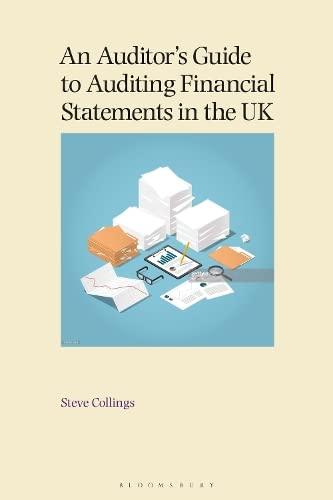Question
Consider the two-period, BOPM. The current stock price S= $105 and the risk-free rate r = 3% per period (simple rate). Each period, the stock
Consider the two-period, BOPM. The current stock price S= $105 and the risk-free rate r = 3% per period (simple rate). Each period, the stock price can go either up by 10 percent or down by 10 percent. A European call option (on a non-dividend paying stock) with expiration at the end of two periods (n=2), has a strike price K = $100. The risk-neutral probability q of an up move in the stock price is q = (R-U) / (U-D).
a). Draw the stock price tree (lattice) and calculate the (no-arbitrage, fair) price of the call.
b). Calculate the hedge ratio at t=0. Show how you can hedge 100 written calls at t=0, calculate the value (V) of the hedge portfolio at nodes U and D and hence show that the hedge-portfolio earns the risk-free rate over the first period (i.e. along the path from node t=0, either to node-D or node-U). c). Calculate the hedge ratio at node-U and explain what this implies for delta hedging.
Step by Step Solution
There are 3 Steps involved in it
Step: 1

Get Instant Access to Expert-Tailored Solutions
See step-by-step solutions with expert insights and AI powered tools for academic success
Step: 2

Step: 3

Ace Your Homework with AI
Get the answers you need in no time with our AI-driven, step-by-step assistance
Get Started


